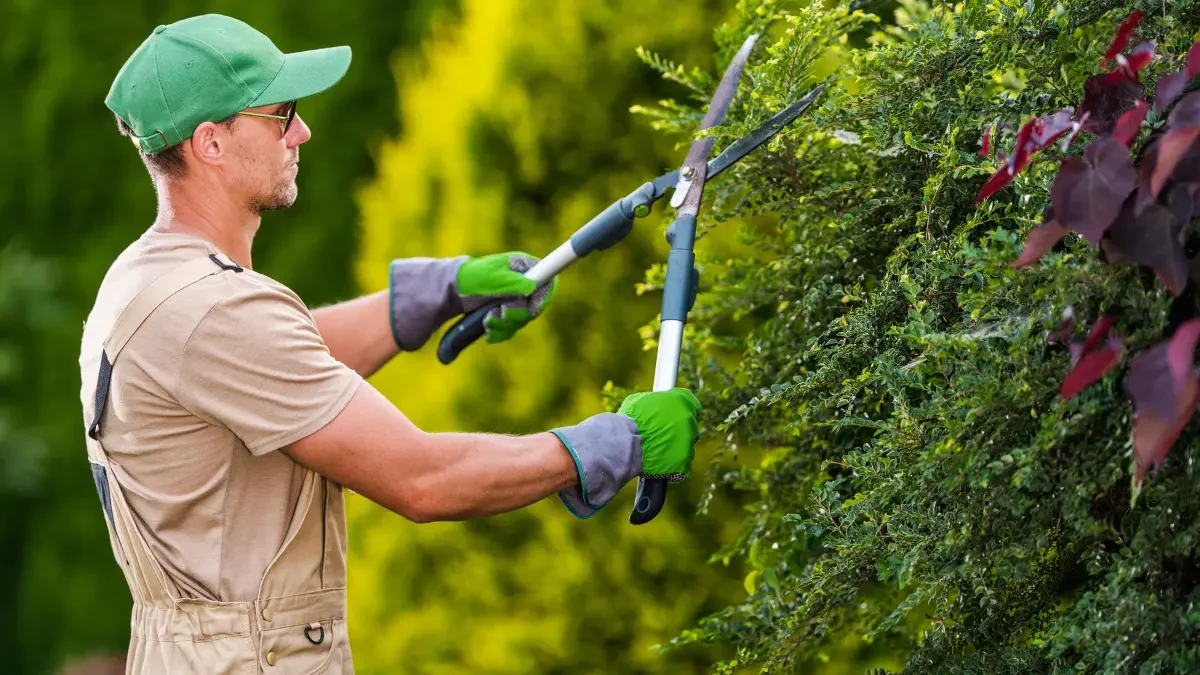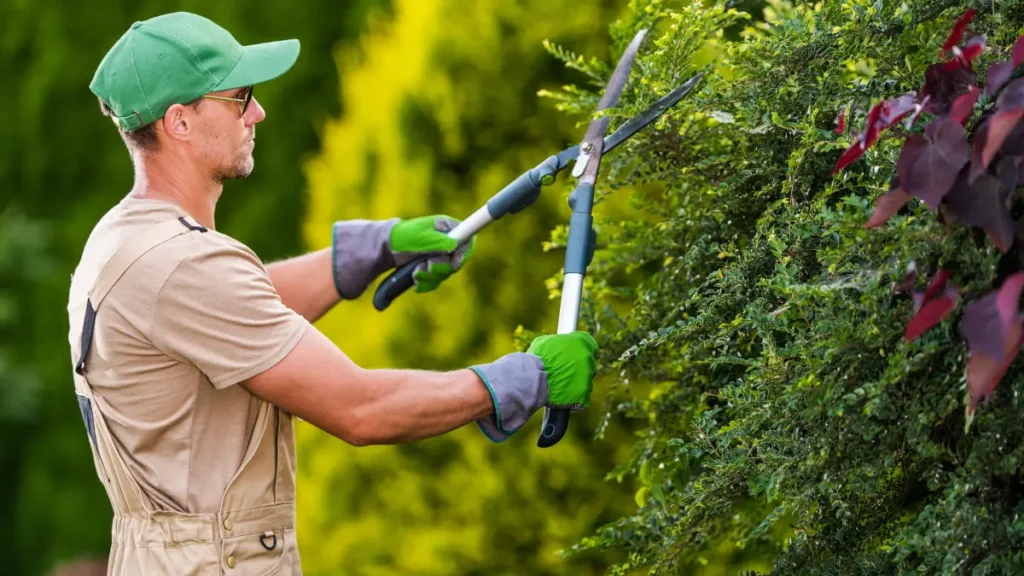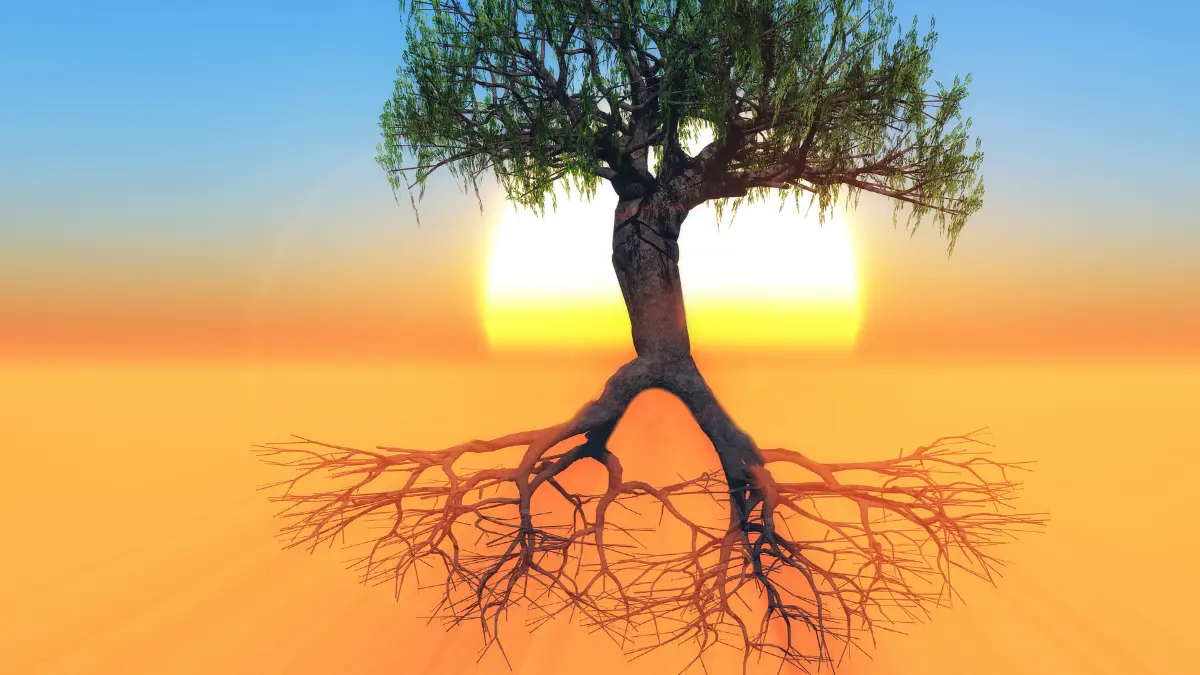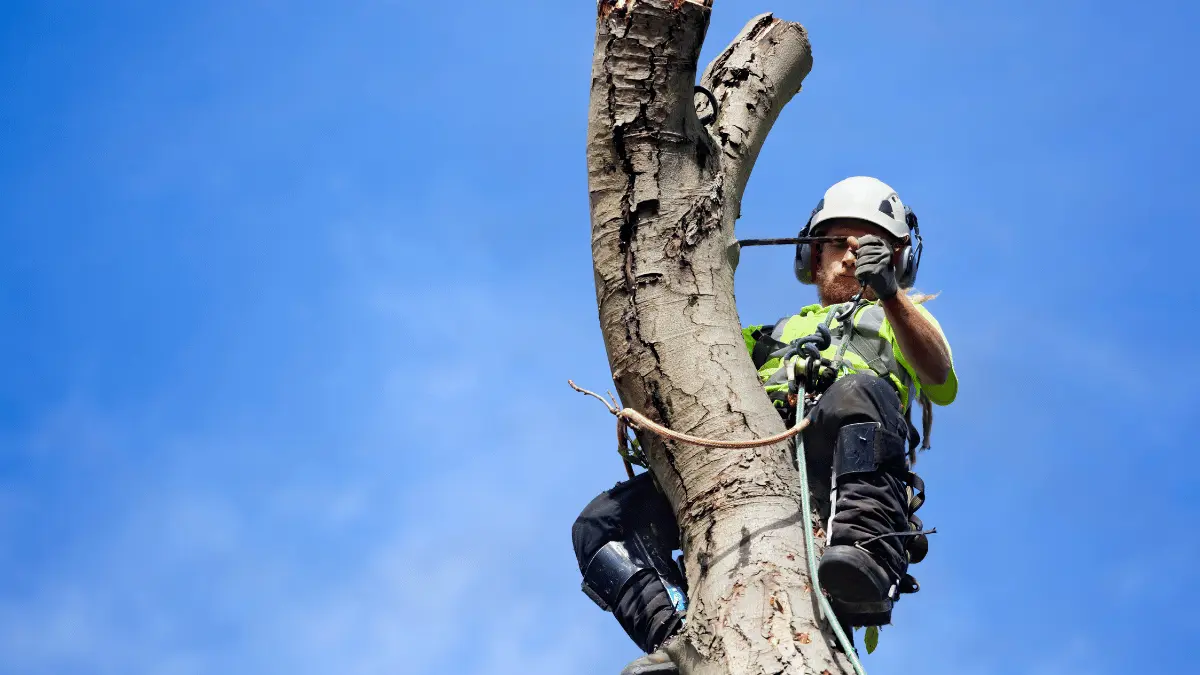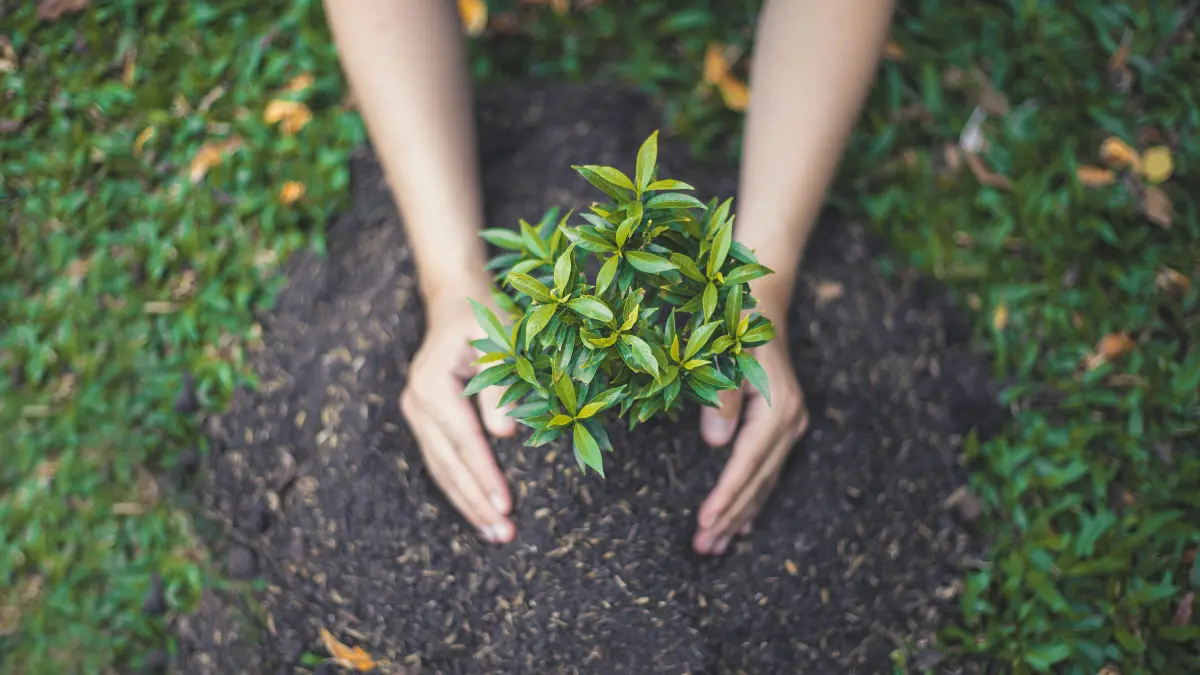People prune their trees on a regular basis to keep them in good shape. Trimming a tree can help it stay healthy and live longer by preventing disease. Nevertheless, there are numerous things to think about before choosing to engage in this activity.
Tree pruning is an essential aspect of tree care that involves the selective removal of branches or parts of a tree. It encourages development, improves their natural shape, and lessens the chance of falling branches.
However, to get the best results and minimize any possible damage to the tree, pruning needs to be done properly and at the right time. Yes, arborists utilize a variety of tree pruning procedures, using the best tree pruning methods, depending on the tree’s individual requirements and desired outcome.
We’ll go over the many kinds of Tree pruning techniques, their uses, and the Pros and cons of tree pruning in this blog.
Let’s get started!
The most commonly used 5 Tree Pruning types
Number 1. Crown Lifting: Improving Clearance Underneath the Tree

Crown lifting is a pruning method where a tree’s lowest branches are cut off to provide more space underneath the tree. Crown lifting is done to increase access and make room beneath the tree canopy.
By raising the crown, the lower branches are cut off or reduced, improving sight, making it safer for people to cross.
Care should be taken when lifting the crown, especially on older and more established trees. Large branches that grow straight from the trunk should not be removed, as this may result in serious injuries and potential decay.
Number 2. Crown Thinning: Enhancing Light and Reducing Wind Resistance
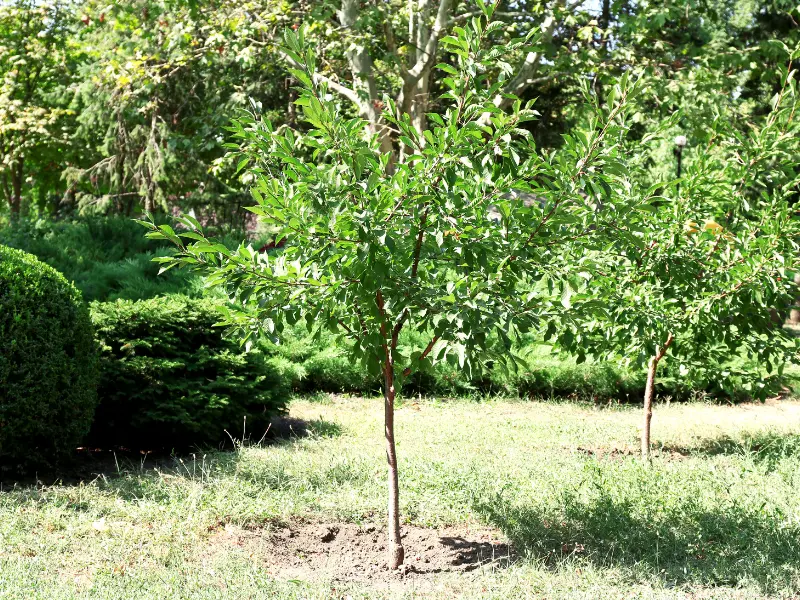
A pruning method called Crown thinning pruning entails removing certain branches from a tree‘s crown.
The goal of crown thinning is to decrease wind resistance and increase light penetration. By removing a portion of smaller branches, usually at the outer crown, crown thinning allows for a more uniform density of foliage.
Preserving the tree’s general size and shape is crucial while crown thinning. In order to avoid going above the suggested percentage and affecting the tree’s health, branch removal should be done methodically. Crown thinning is especially useful for broad-leaved tree species that flourish in brightly lit areas.
Utilizing the best tree cutting techniques for proper growth is essential. The tree and its surroundings both may benefit from this method. More light penetration enhances the general vitality of the tree and encourages healthy leaf growth. A tree that has less wind resistance is more stable and less likely to break branches.
Number 3. Crown Reduction: Decreasing the Size of the Tree’s Canopy
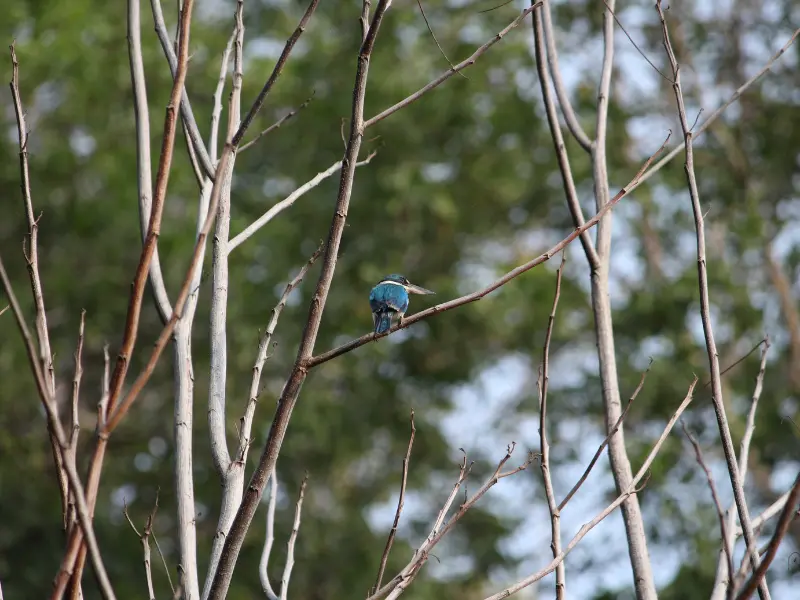
Crown reduction is a pruning technique that involves the reduction in height and/or spread of the crown, which is the foliage-bearing portion of the tree.
Reducing the size of the tree’s canopy to make it more appropriate for its immediate surroundings is the goal of crown reduction. By doing this, you can lessen the mechanical stress on individual branches or the tree as a whole, lessen the impacts of light loss and shading, and increase the tree’s resistance to wind damage.
The primary crown structure and a sizable amount of the leaf-bearing structure must be preserved during crown reduction. The end effect should be a reduced crown outline that preserves the tree’s organic shape.
Number 4. Pollarding: Promoting a Dense Head of Foliage
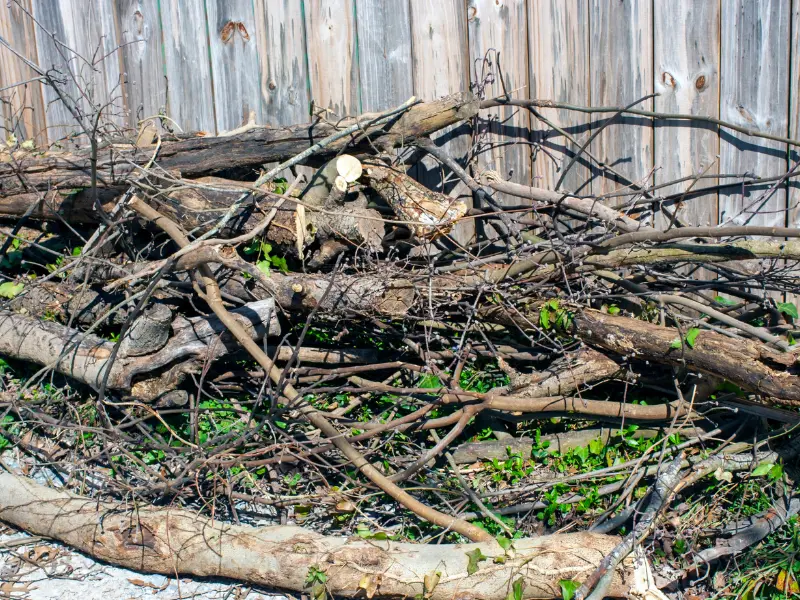
The pruning method known as pollarding is cutting off a young tree’s upper branches, typically at a certain height. The purpose of pollarding is to promote the growth of a dense head of foliage and maintain the tree at a smaller size.
For some tree species, such as poplars and willows, this method is frequently employed to provide a sustainable supply of wood for a variety of uses.
Number 5. Deadwooding: Removing Dead or Diseased Branches
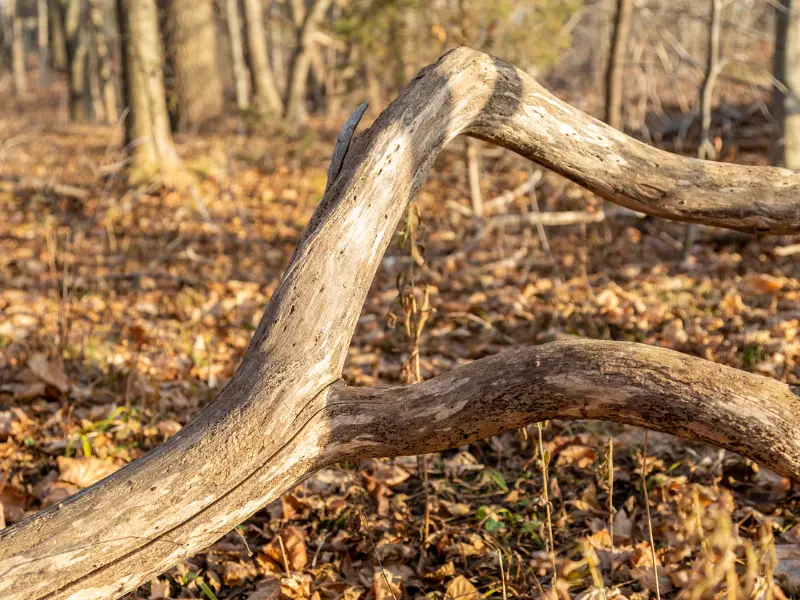
Deadwooding is a pruning method in which diseased or dead branches are cut off a tree. Because dead branches weaken and are more likely to fall, they can be a serious hazard to both people and property. In addition to improving the tree’s overall look, deadwood removal also increases the tree’s safety and health. Deadwooding lowers the chance of branch failure, encourages the growth of new healthy branches, and stops the spread of pests and diseases.
Cons Of Tree Pruning Techniques
Damage Caused By Pruning
Pruning is a two-edged sword that can either help or hurt a plant, depending on the circumstances, including whether, where, when, how, and why it is done. A wide range of positive outcomes is possible when the Tree pruning for health is carried out accurately.
However, pruning, when done improperly, can harm a tree’s stability, appearance, and overall health. There could be several unfavourable consequences if pruning is not done at all. These include the development of low-aggressive limbs, an accumulation of dead branches, the development of weak codominant stems, and the formation of bark inclusions.
Also, the removal of larger branches, or branches that are approximately half or more the diameter of the trunk, will likely start a decay process than the removal of smaller branches. Using a flush cut to remove branches might start a process that eventually causes the trunk to deteriorate. Follow pepper, Pruning techniques for tree longevity of the tree. Furthermore, the removal of large branches may cause hollows, cracks, and voids to emerge.
Finally,
Now you know the Tree pruning benefits and drawbacks
Trees in your landscape can highlight the aesthetic beauty and qualities of your house or even hide unwanted views. To create additional room, you might occasionally need to prune your trees.
Before contacting a hedge trimming and tree felling agency, consider all the factors we have mentioned in this blog. Then, decide based on your objectives!
Do you need help determining which service is best for you? Want to hire a skilled team to complete the task effectively and safely? Get in touch with KD Tree Services. The skilled team members will provide you with the best services you need for your tree.



